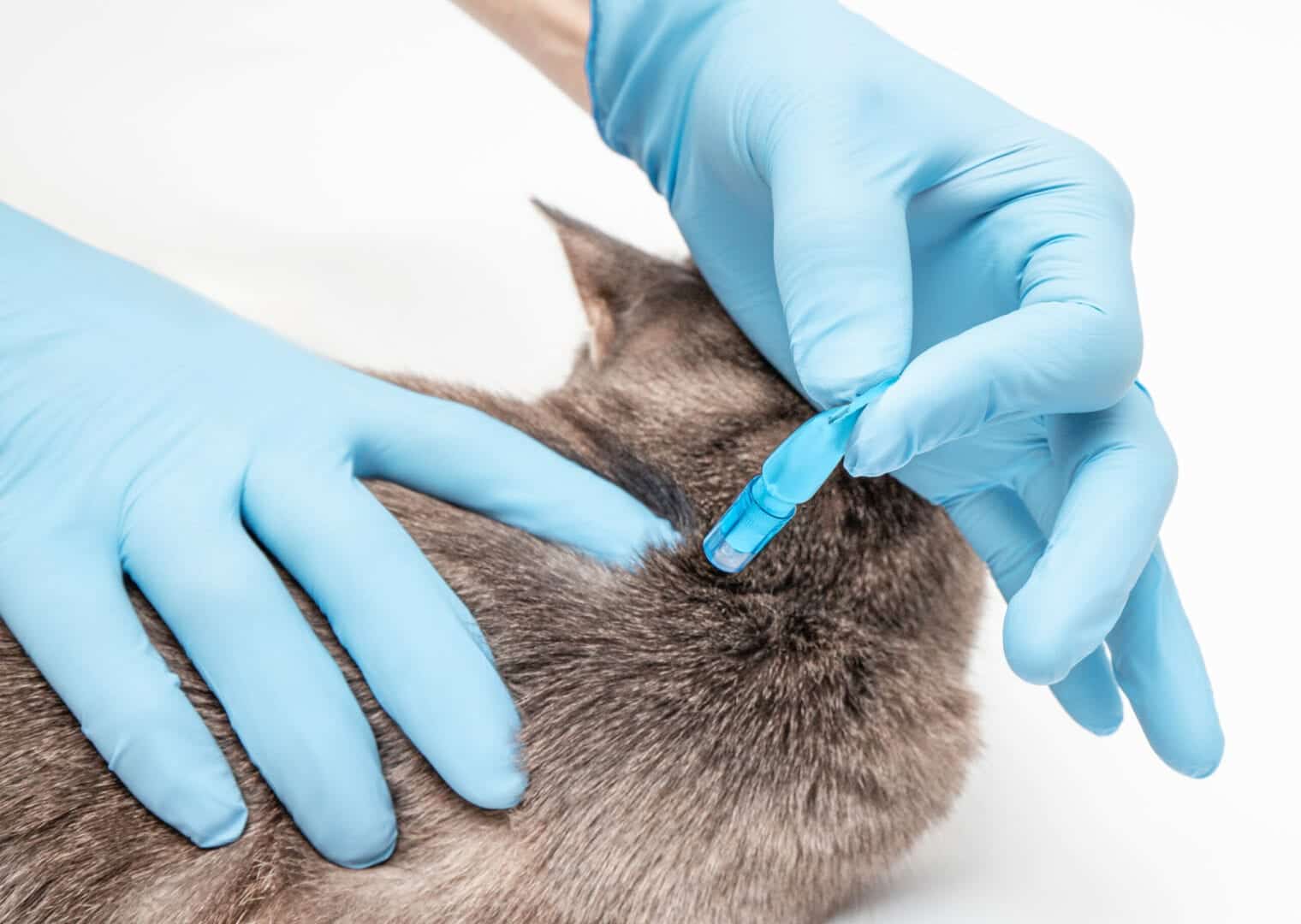If you have pets, fleas are your arch-enemy. These minuscule parasites look harmless on their own, but they have the power to take over your home and make both you and your cat miserable. Their bites leave behind itchy welts, they’re constantly reproducing, they get into everything, and they aren’t easy to kill. Protecting your cat from fleas should be a priority. But what if your cat never goes outside? Do indoor cats need flea treatment, or would that be overkill?
As tempting as it might be to save yourself a few bucks, most vets agree that even indoor cats need to be protected from fleas. Fleas pose a threat to every cat, regardless of their living situations. Indoor cats are still at risk of attracting the little bloodsuckers, and preventing them will always be easier than trying to get rid of them.
Here are a few ways your indoor cat could potentially get fleas….
Your Cat Escapes
In an ideal world, your indoor cat would be perfectly content with their protected lifestyle, and they would never even dream of darting through an open door or squeezing out a window. That, however, isn’t reality for most cat families. Cats are curious creatures, and accidents happen.
I learned this lesson first-hand when my indoor cat climbed up a screen door, tore the screen, and escaped outside. I thankfully found him only a few hours later, but that short adventure outside was all it took. A few days after the incident, I found the first flea. Shortly after that, I realized my cat was covered in the little parasites, and they had also infested my carpet and furniture. If I had treated my indoor cat for fleas beforehand, it never would have happened.
Other Pets
If you have dogs, or other pets that frequently go outside, there’s a chance they could bring fleas inside. Even if you regularly give your dog flea treatment, that doesn’t guarantee that they won’t ferry the fleas from the yard to the house.
Some flea treatments only kill the pests, they don’t repel. And no flea treatment works instantly. It’s possible for fleas to jump onto a treated dog, follow them inside, and then abandon ship before they’re killed. From there, they’ll find their way onto your untreated cat and start reproducing. This can also happen if it’s a particularly bad flea season, and the tiny pests are too much for the flea treatment to handle. It only takes a few brave fleas to make it inside and lay thousands of eggs to put your indoor cat at risk.
Other People
Dogs aren’t the only ones that could potentially bring fleas inside your home. It’s not as common, but it’s perfectly possible for fleas to hitch a ride on humans. They hide in clothes or shoes and then jump off into your carpet, onto your couch, or onto your untreated indoor cat.
It’s easier to get fleas off a human than it is a cat simply because there’s no fur to deal with. But when you’re a hungry flea, you don’t care whether your host is feline, canine, or human. If your friend is currently dealing with a flea infestation, and they enter your house, there’s a good chance they’ll leave a few fleas behind.
Rodents
Your cat might be charged with hunting any rodent that gets into your house, but that job also puts them at risk of getting fleas. Mice and rats carry fleas everywhere they go. And as they move stealthily around your house, they also drop flea eggs and larvae.
Even if your cat is an expert mouser, it doesn’t take long for a mouse to leave behind more than droppings. Fleas could hop onto your indoor cat while the cat is proudly carrying the dead mouse around the house, or they could jump onboard after they hatch in your carpet or furniture.
Vet Visits
You take your indoor cat to the vet to make sure they stay healthy, but there’s also the chance they could get fleas from visiting an area with several other animals. The staff at your vet’s office knows about this risk, and they do their best to keep fleas at bay. But as we’ve already covered, fleas are tiny and hard to kill.
If an animal with fleas is seen in an exam room right before you bring in your cat, there’s a chance a few of those parasites are still in the room. Or if your cat has to stay at the office for an extended time, they could come home with fleas that were spread by any other animal.
The reality is, you can’t control every situation. Fleas are a lot tougher than they look, and they spread quickly and exponentially. Once they find your indoor cat, your poor kitty will suffer from extremely itchy skin that could turn into an infection or a painful skin condition. It’s always safest to act early and treat your indoor cat with a preventative flea product.





